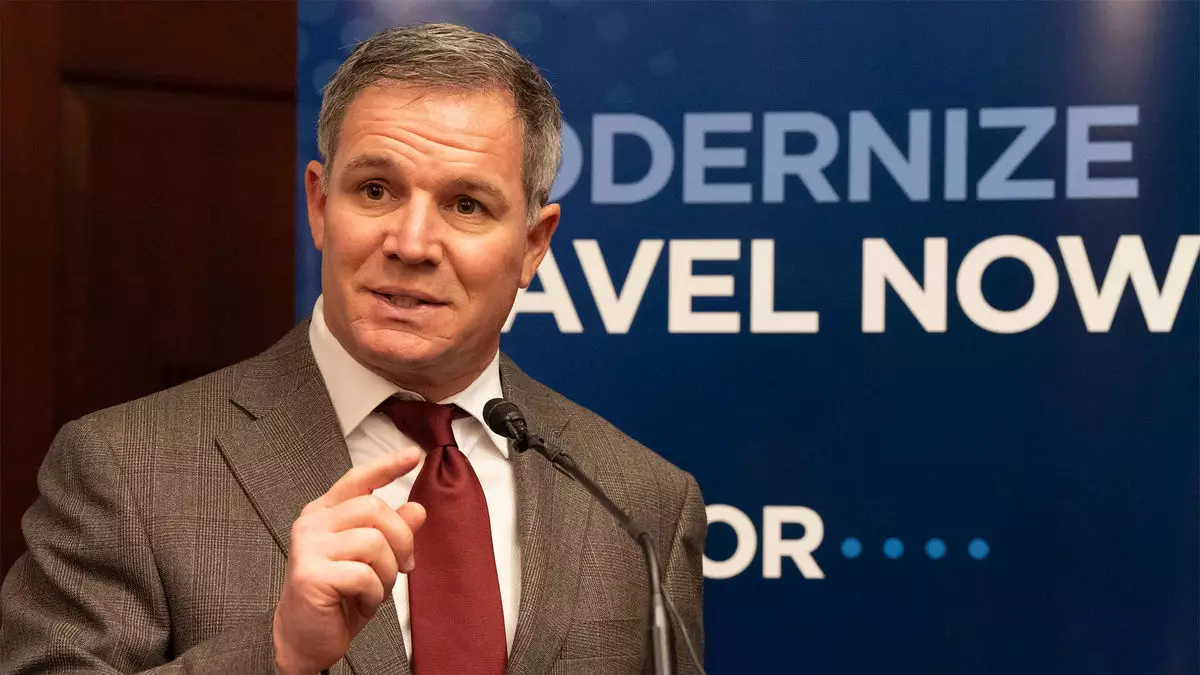The United States stands on the precipice of a significant transformation in its travel landscape, poised to welcome an unprecedented influx of visitors in the next decade. According to a recent report from the U.S. Travel Association, anticipated global events such as the 2026 FIFA World Cup, the 2028 Olympic and Paralympic Games, and the 250th anniversary of America’s independence are projected to attract up to 40 million international travelers. As these events loom, the urgency for enhancing the nation’s air travel infrastructure has never been more pressing.
These landmark occasions not only represent a festive celebration of culture and athletics but also offer an extraordinary opportunity for the U.S. economy. Collectively, these events are estimated to generate around $95 billion in economic activity. Those figures underscore the vital necessity of a well-prepared travel system that can accommodate a surge of visitors without sacrificing quality or safety. The U.S. Travel Association emphasizes that immediate measures must be taken to prevent infrastructure overload and to ensure a seamless travel experience.
In light of these challenges, the Commission on Seamless and Secure Travel has put forth a comprehensive set of recommendations that aim to untangle the current bottlenecks within the air travel system. Foremost among these suggestions is the creation of a dedicated White House task force charged with identifying necessary resources and strategies. The report outlines the need to boost consular staffing to expedite visa processing and suggests substantial investments in airport screening technology that incorporates biometrics. Lobbying for fully-staffed customs teams at airports is another key point, as is implementing immediate solutions to alleviate lengthy wait times for returning citizens.
U.S. Travel CEO Geoff Freeman insists that in this critical moment, merely making incremental changes will not suffice. He argues for transformative measures that would reimagine airport security and modernize air traffic control systems, which are currently hindered by outdated technology and significant personnel shortages. The proposed strategies highlight a vision for the U.S. to develop an advanced security screening system that significantly reduces wait times while enhancing safety protocols.
In a bid to streamline the travel experience, suggestions like allowing travelers to carry filled water bottles and keeping electronics within bags during security checks have been put forth. This proactive stance not only speaks to operational efficiency but also shows an understanding of customer needs in a world where convenience is of the essence.
With increased travel demand and aging infrastructure, the U.S. is at risk of falling behind its global counterparts, many of whom have already implemented rapid changes to their travel systems. The clock is ticking, and Freeman’s assertion that “the status quo is not an option” underscores the need for urgent reform.
As the U.S. gears up for a historic decade of travel, decisive, collective action from government and industry leaders will be essential to seize this momentous opportunity. The future of U.S. air travel hangs in the balance, and now is the time to act.


Leave a Reply